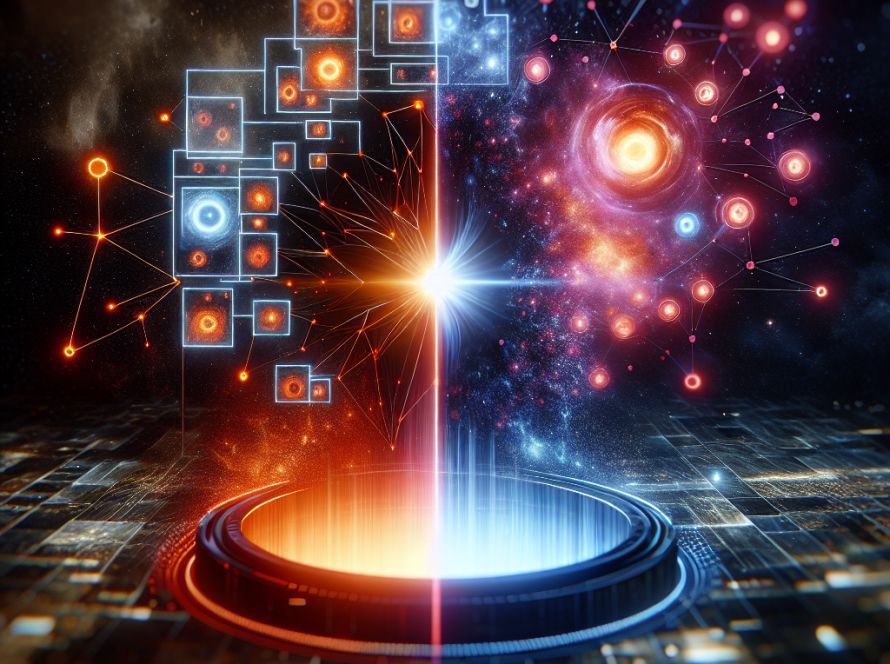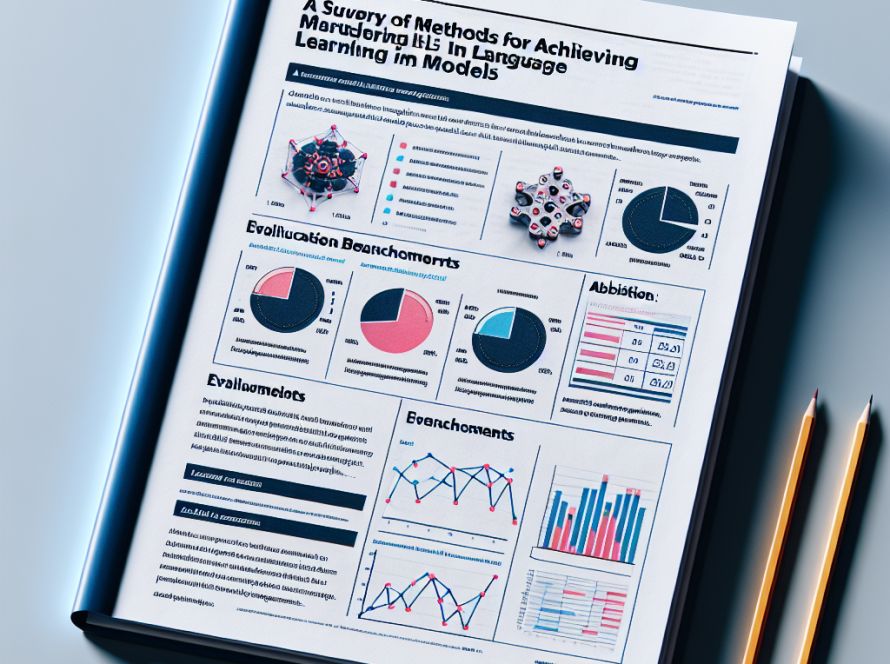Natural Language Processing (NLP) has undergone a dramatic transformation in recent years, largely due to advanced language models such as transformers. The emergence of Retrieval-Augmented Generation (RAG) is one of the most groundbreaking achievements in this field. RAG integrates retrieval systems with generative models, resulting in versatile, efficient, and accurate language models. However, before delving into RAG’s specifics, it is essential to understand transformers and their limitations.
Transformers have revolutionized NLP by their ability to process and generate lifelike text. Their architecture uses self-attention mechanisms to manage dependencies in sequences, making them incredibly effective for tasks like translation, summarization, and text generation. Despite these advantages, transformers face a few significant drawbacks. These obstacles include memory constraints, static knowledge, and a resource-intensive process when training large language models, making frequent model customization inaccessible for many users.
RAG, a technique developed by Facebook AI, seeks to combat these challenges by integrating retrieval systems and generative models. RAG uses an external retrieval system to gather relevant information from a vast corpus, and this information is used to enhance the generative process. This design allows language models to utilize large amounts of information beyond their fixed context window, resulting in more pertinent and accurate responses.
RAG operates in two main stages: retrieval and generation. During the retrieval phase, the model generates a query from the input and uses it to pull relevant documents from an external corpus. The generation phase involves merging the retrieved documents with the original input to create a more comprehensive context. The generative model, usually a transformer, then uses this enriched context to generate a response, ensuring the output is relevant and informed by the latest information.
RAG offers several distinct advantages for customizable LLMs. By incorporating external documents into the generative process, RAG ensures that responses are based on the latest and most relevant information, enhancing the output’s accuracy and pertinence. RAG also allows models to access and utilize updated information without retraining, making it ideal for applications that require real-time knowledge updates. Moreover, it reduces the computational resources required for model customization by enabling customization through updating the retrieval corpus. Also, RAG offers scalability and flexibility as its architecture can handle large amounts of data and tailor the retrieval corpus to specific domains or applications without extensive retraining, respectively.
With its versatile framework, RAG can be deployed across various industries. In customer support, dynamic chatbots powered by RAG can provide up-to-date responses to customer queries. Healthcare professionals can use RAG for medical diagnostics and information retrieval by accessing the latest research and clinical guidelines. Financial analysts can retrieve and synthesize information from various financial reports and news articles using RAG to provide comprehensive market insights. Similarly, educational tools powered by RAG offer personalized learning experiences by retrieving relevant study materials according to individual students’ needs. Lastly, researchers and lawyers can use RAG to access relevant legal documents, case laws, and statutes, thus enhancing their research productivity.
Retrieval-Augmented Generation (RAG) overcomes the limitations of traditional transformers by effectively integrating retrieval mechanisms with generative models. With its benefits of enhanced accuracy, dynamic knowledge integration, resource efficiency, and applications across various industries, RAG has massive potential to revolutionize interactions with and utilization of language models. As the technology progresses, RAG is anticipated to become a foundational element in the future development of NLP systems.


